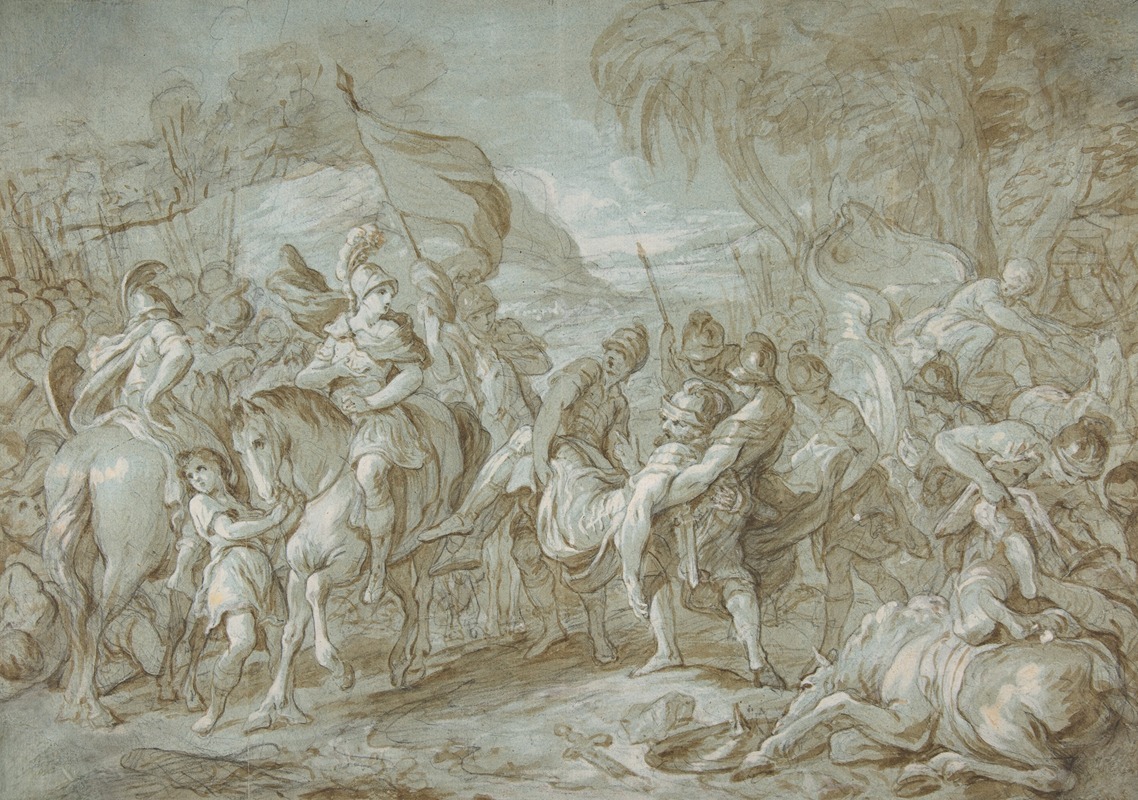

Whilst possessing a much larger army, at the battle, an estimated 40,000 infantry and 5,000 cavalry crossed the river in time to engage the enemy. After fortifying Bactria with 10,000 men, Alexander commenced his invasion of India through the Khyber Pass. BackgroundĪfter Alexander defeated the last of the Achaemenid Empire's forces under Bessus and Spitamenes in 328 BC, he began a new campaign to further extend his empire towards India in 327 BC. The identification of the battle site near modern Jalalpur/Haranpur is certainly erroneous, as the river (in ancient times) meandered far from these cities. For the moment, the most plausible location is just south of the city of Jhelum, where the ancient main road crossed the river and where a Buddhist source mentions a city that may be Nicaea. Any attempt to find the ancient battle site is complicated by considerable changes to the landscape over time.

Alexander later founded the city of Nicaea on the site this city has yet to be discovered. The battle took place on the east bank of the Hydaspes River (now called the Jhelum River, a tributary of the Indus River) in what is now the Punjab Province of Pakistan. The battle is historically significant because it resulted in the exposure of ancient Greek political and cultural influences to the Indian subcontinent, yielding works such as Greco-Buddhist art, which continued to have an impact for many centuries. The fierce resistance put up by Porus and his men won the respect of Alexander who, after the battle, asked Porus to become one of his satraps. Although victorious, it was also the most costly battle fought by the Macedonians. Large areas of Punjab were absorbed into the Alexandrian Empire, and the defeated, dethroned Porus became reinstated by Alexander as a subordinate ruler.Īlexander's decision to cross the monsoon-swollen river-despite close Indian surveillance-in order to catch Porus's army in the flank has been referred to as one of his "masterpieces". The battle resulted in a Greek victory and the surrender of Porus. It took place on the banks of the Jhelum River (known to the ancient Greeks as Hydaspes) in the Punjab region of the Indian subcontinent (modern-day Punjab, Pakistan). The Battle of the Hydaspes was fought between Alexander the Great and King Porus in 326 BCE.


 0 kommentar(er)
0 kommentar(er)
